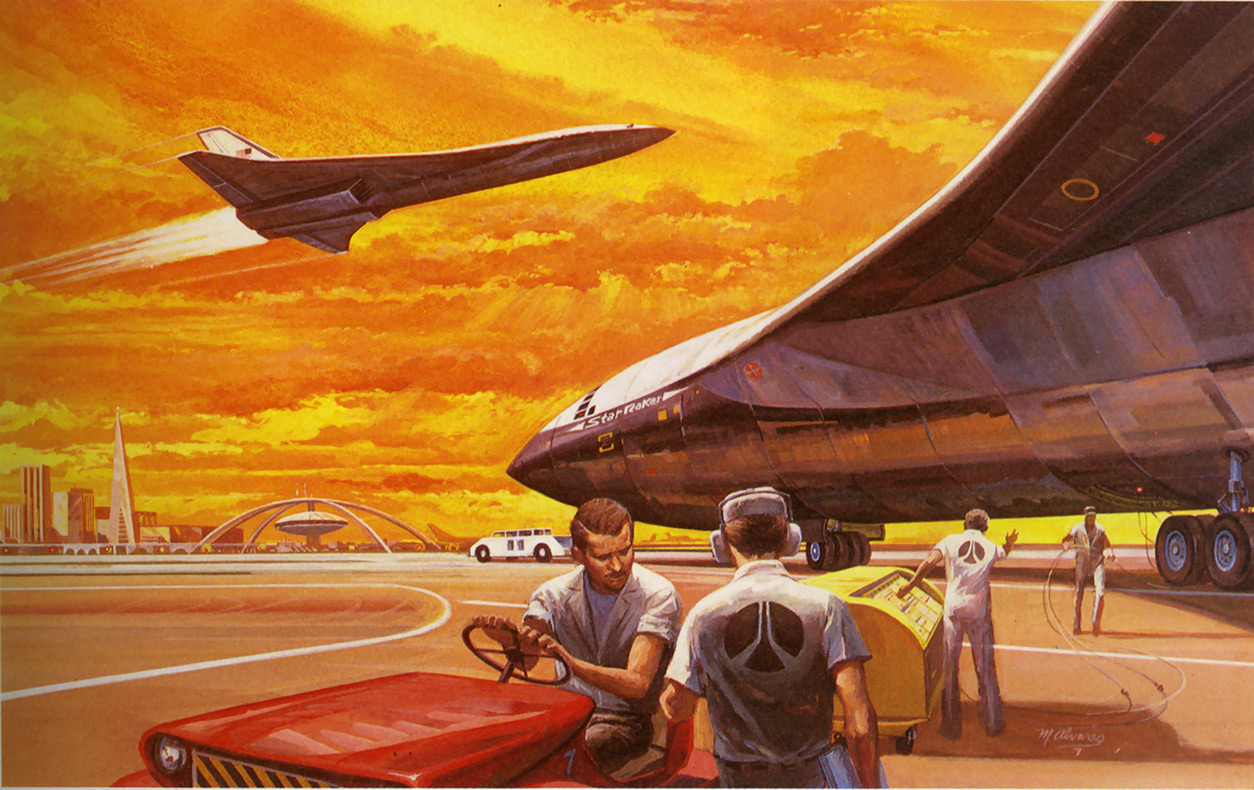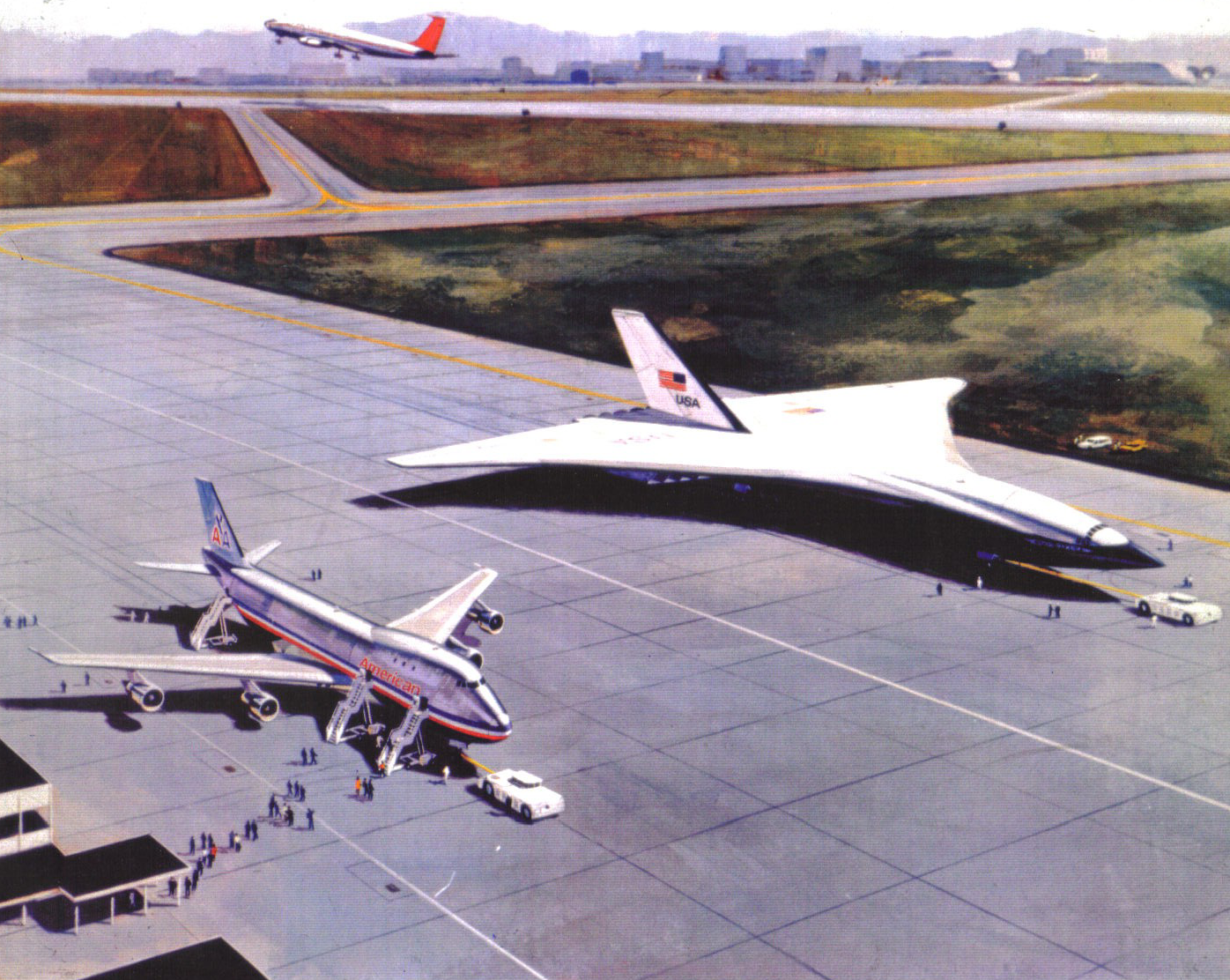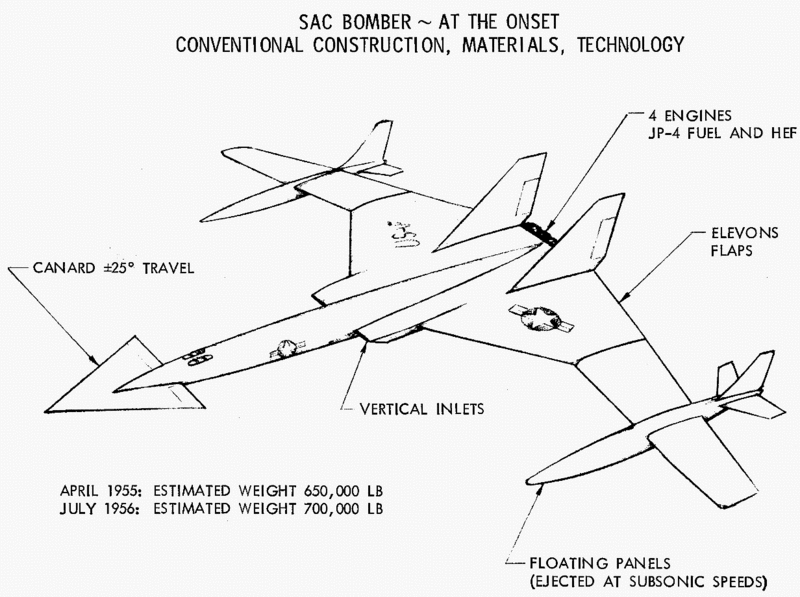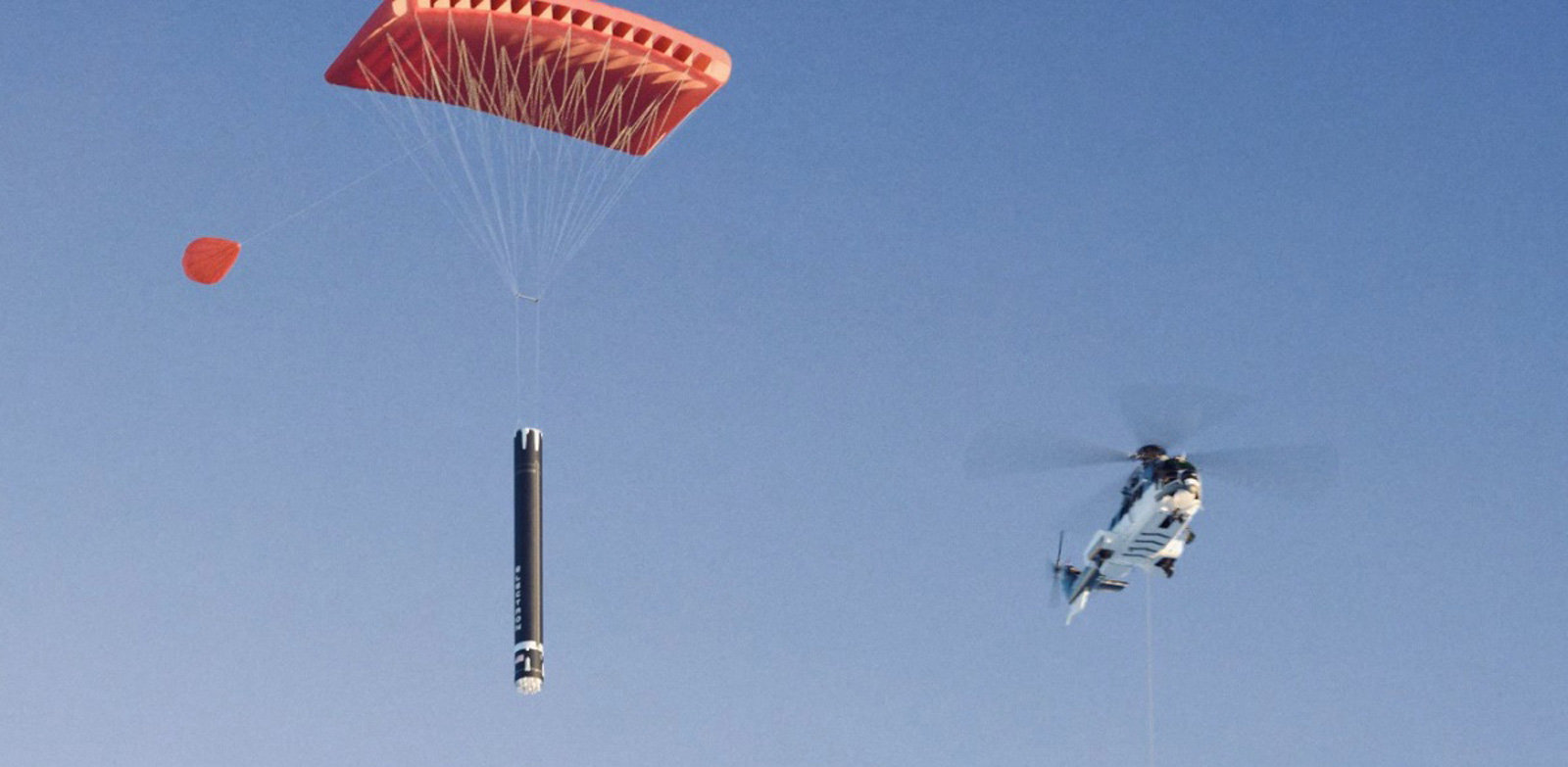
Even at the dawn of astronautics, mankind dreamed of simple and cheap access to orbit on space planes. By a space plane I mean a winged vehicle with horizontal take-off and landing, without air launches, vertical landings, etc. The reason is simple - by default, space shuttles are reusable and, in theory, require inexpensive maintenance compared to rockets. Also a strong argument in their favor is the presence of giant runways around the world, while missiles need to build infrastructure from scratch. But as soon as the designers tried to design the spaceship in practice, they immediately had a lot of intractable problems that greatly complicated the task.
And big, and light, and durable
The problems of the spacecraft were its one-stage nature and conflicting requirements for the aircraft and the rocket, which led to the following solutions:
- It was necessary to use hydrogen fuel as the highest energy. But hydrogen has many disadvantages, the main of which is extremely low density, leading to huge and, accordingly, heavy fuel tanks, which create great resistance in dense layers of the atmosphere. Also, due to the low boiling point of liquid hydrogen, tanks need thermal insulation, which further complicates them. Plus, hydrogen engines have less thrust than kerosene engines, which again adds weight.
- The design should be as light as possible, but at the same time it must survive re-entry from orbital speed, which requires massive thermal protection or exotic materials. But these materials (for example, cellular inconel and titanium aluminide) turned out to be very capricious in comparison with aluminum and steel, and led to the closure of several promising projects.
- The requirement of horizontal take-off created many problems since the chassis must support the enormous weight of a fully loaded spaceship, and the brakes should be able to stop this engine in case of malfunctions, which led to a huge parasitic mass, completely unnecessary in flight to orbit. The wings also became useless in space, and if you try to use them as additional fuel tanks, the design will have to be seriously strengthened, which again meant excess weight.
These three main problems led to the conclusion that it was impossible to create a spaceship in the foreseeable future. But is there a solution available with current technology?
 Rockwell Star-raker was supposed to bring 100 tons to DOE at full reusability, i.e. this is a variant of the BFR of the 1970s!
Rockwell Star-raker was supposed to bring 100 tons to DOE at full reusability, i.e. this is a variant of the BFR of the 1970s!To rise higher, you need to trim wings
There is, and a very simple one, in fact the same thing has been used for a long time by rockets - two-stage. But how to make the spacecraft two-stage and maintain full reusability? Here we will be helped by two very old projects of the 50s, one of which is not directly related to astronautics, and the second has the most direct and even experiences a renaissance. These are
resettable wing consoles and a
helicopter catch .
 Early concept of the XB-70 Valkyrie supersonic bomber
Early concept of the XB-70 Valkyrie supersonic bomberThe idea of dropping wing consoles was first proposed in 1955 when developing the XB-70 Valkyrie supersonic bomber to achieve an intercontinental range. Subsequently, improvements in aerodynamics led to the rejection of this idea, but it fits perfectly for our hypothetical spacecraft. The resettable console can be made a kerosene fuel tank, as is done in all modern aircraft, and a high-pressure kerosene rocket engine is placed in the center fairing, thereby reducing the size and weight of the fuselage filled with hydrogen and oxygen. It will also contain a massive landing gear (and brake pads) to support its own weight on the runway. After the kerosene engines fulfill their role of the first stage, most of the consoles are separated from the fuselage, because a large wing area and a heavy landing gear are not needed to land an almost empty spaceship.
 Hypersonic Falcon Heavy Fairing Returns to Earth
Hypersonic Falcon Heavy Fairing Returns to EarthBut how to return the console to the ground? Will they burn out upon entering the atmosphere? They will not burn and survive, for the same reason that a heat-resistant sheet of paper can survive entry into the Earth’s atmosphere from orbital speed - an empty wing has a high aerodynamic quality and, accordingly, slows down more slowly and smoothly. Thus, they do not need thermal protection and do not need to drag it into orbit and vice versa.
But how to make a smooth landing on the surface? There are two options here - in the first one you can try to put the wing consoles on a strip along the airplane, but then you will have to add a lot of additional equipment and there may not be an airfield along the way. In the second case, use another idea from the 1950s (it was a creative decade!) - helicopter intercept.
 The concept of the return to Earth of the first stage of the RN Electron by helicopter
The concept of the return to Earth of the first stage of the RN Electron by helicopterThe drawback of this approach is exactly one - poor scalability, a helicopter can capture a cargo weighing about half of its maximum load capacity. That is, when using the largest Mi-26 helicopter, the weight of an empty console together with the engine and chassis should not exceed 10 tons, which seems quite feasible for a spaceship with a take-off weight of not more than 1000 tons. Two helicopters will be needed, since there are also two consoles, but this will require relatively small expenses.
Thus, using these simple and proven solutions, it is possible without any futuristic technologies and incredible engines to realize the long-held dream of mankind - routine access to outer space.
PS This article does not try to criticize other approaches, such as BFR-Starship, but offers a reasonable alternative for the Earth-NOU route, because it is naturally better to land on the Moon and Mars vertically. I will be glad to hear your opinion in the comments!